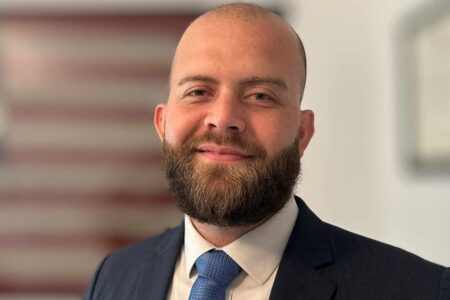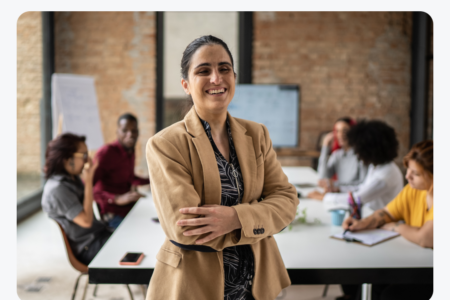Share On Social!
In the rural Columbia Gorge region of Oregon and Washington, collaboration has truly been the key to elevating the culture of health of everyone in the area. This vast area is larger than the state of Connecticut, however only 75,000 people live in this extreme environment.
While many high-tech companies have moved into new the riverfront properties in Washington (11.74% Latino population) and Oregon (12.15% Latino population), many in remote areas live in poverty and the nearest medical care is over an hour’s drive away. Orchards in the region produce bounties of pears, apples, and cherries and yet 1 in 5 people are food insecure on a regular basis.
To bridge these disparities, the people of the Columbia Gorge region have turned an “ordinary requirement” into an extraordinary opportunity to improve the health and wellness all residents of the area. It is this unique partnership in the area that caught the attention of the Robert Wood Johnson Foundation (RWJF) as they awarded the area one of its 2016 RWJF Culture of Health prizes.
“It’s a wonderful acknowledgement of what the community has been trying to do and continues to try to do,” said David Edwards, chief executive officer of One Community Health when discussing the RWJF Culture of Health Prize.
The opportunity began four years ago, when the governor of Oregon signed into law a new system to manage federal dollars for the medical needs of low-income residents. Oregon was divided into 16 regions, called Coordinated Care Organizations (COO), and each region was required to assess the well-being of the area’s residents and determine a plan of action to improve the conditions.
In order to reduce health disparities, it is critical to address inequities in programs, practices, and policies. Join our site, connect with others, and get involved.
“We made a big decision,” said Mark Thomas, chaplain at Providence Hood River Memorial Hospital. “We could have a lot more traction and our solutions could be more effective, if we actually slowed down and listened to the people we aim to serve.”
In the Columbia Gorge region, the governmental mandate became a catalyst for the creation of a collaborative approach that began to shape policy and improve results. With this new approach, there was a chance to begin a broader, deeper discussion on the culture of health for the region.
When conducting the area’s health assessment, 39 separate organizations participated by sending surveys to residents in three counties in Oregon and two on the Washington side of the Columbia River. With that outreach, the community was able to come up with a shared set of priorities.
The community decided on the makeup of the 15-member Community Advisory Council. Drawing on the health survey and input from medical and social-service professionals, the advisers came up with a set of 10 priorities; food, housing, transportation, and jobs were among the top concerns followed by the need for better access to dental and mental health services and better coordination between providers of health care and social services.
Thanks to this Council, the region’s vast Latino population (nearly 25% of the population of the Columbia Gorge are Latino), which has been historically kept out of decision-making on health matters have been given a voice. Many of the Latino families in the area are migrants who work in the area’s orchards.
“First we were not heard, then we had to shout to be heard, and now we can talk together in the same room,” said Elizur Bello, a program manager at The Next Door, a social services nonprofit with a large Latino client base.
The conversation on improving the health in the Columbia Gorge region was dependent upon including all voices and everyone working together as a community. Thanks to all of these groups collaborating, great improvements have been made.
“It’s a willingness to be open and to listen to our end users and what our community actually needs,” says Paul Lindberg, a collective impact health specialist with the United Way, “[That] as well as a willingness to collaborate as community partners to address those needs.”
Read more about this story here.
Login and share this resource with others to help make a difference for the next generation.
Read stories similar to this one:
- Foundation Grant Looks to Reduce Latino Health Disparities #SaludAmerica #HealthEquity http://salud.to/2cuF04L @SaludToday
- One Oregon high school goes the extra steps to ensure graduation success. #SaludAmerica #HealthEquity http://salud.to/290p9Dx @SaludToday
Explore More:
Healthy Families & SchoolsBy The Numbers
142
Percent
Expected rise in Latino cancer cases in coming years




